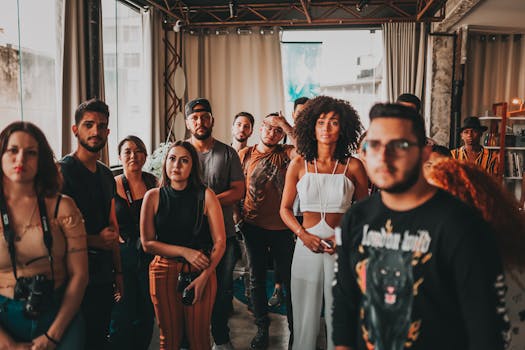Interview Tips: How to Prepare and Perform at Your Best
Get essential interview-tips to boost confidence, reduce stress and deliver stronger answers in any job interview!
Skills and certifications
Certification Courses in Highest Demand: Skills for a Modern Workforce
Keep Reading
Skills and certifications
Most Valued Professional Certifications in the U.S.: What Gets You Ahead
Keep Reading
Trending Authors
Mastering Digital Skills: Unlocking Job Opportunities in South Africa
Elevate Your CV: Mastering Courses and Certifications for Career Success



